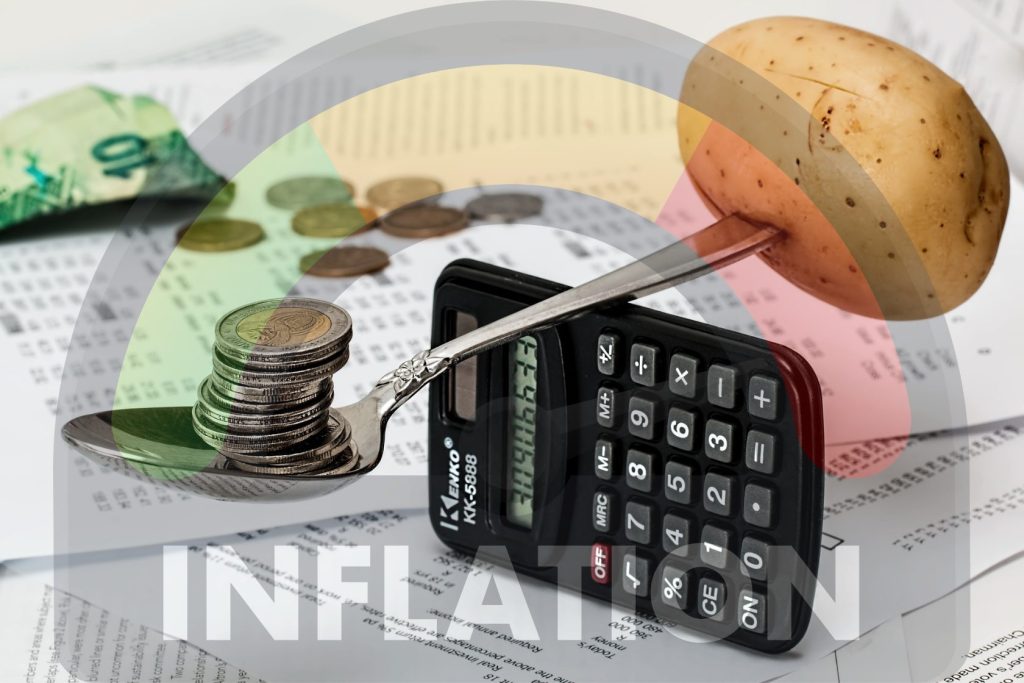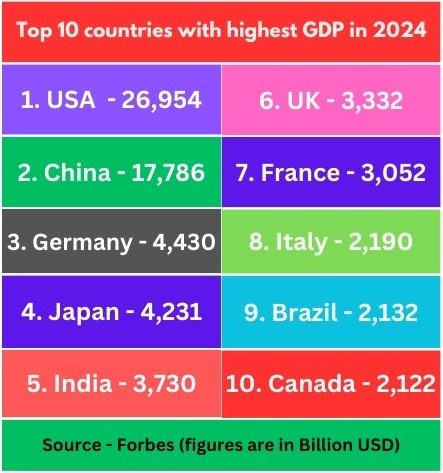Forex trading is not a short journey; instead, it is a long and nerve-testing one. Undoubtedly, fundamental analysis is the linchpin of this journey. Fundamental analysis assesses the economies of both countries involved in a currency pair. It is done by going through multiple factors involved in the overall economic conditions of those countries. One needs to consult economic reports from countries/ regions like the USA, Canada, Australia, New Zealand, EU, Switzerland, Japan, UK and Hong Kong. Global financial institutions (IMF, World Bank. ADB, IDB, etc.) also publish reports about economic activities and global monetary policies.
Related: How global economy is going to act in 2024?
Aspects of Fundamental Analysis
To improve fundamental analysis, one has to cover many factors that impact prices. Major influencing factors are briefly explained below:
Related: Most powerful currencies in the world
1. Follow Economic Indicators
Economic indicators help in making a clear picture of the economic health of a country. The following economic indicators must be kept in mind for fundamental analysis.
a. GDP
Gross Domestic Product (GDP) is the most important indicator to gauge the economic condition of a country. Every country publishes multiple reports about GDP growth every year; these reports are critical in the forex market. Traders must consult these GDP reports of respective countries and the USA. Countries with high GDPs have strong currencies. These are the most stable currencies, and they are less prone to change (weaken).
Related: Top 10 most powerful currencies in the world
b. Interest Rates
Countries keep on changing interest rates through central banks to encourage savings and stabilize their currency. When a country increases its interest rates, people tend to save money instead of spending or investing it. People don’t borrow money from banks when interest rates are high. Currency with a high-interest rate is highly likely to get stronger and vice versa. In the USA, the Federal Open Market Committee (FOMC) conducts eight meetings a year to devise US monetary policy, and decisions on the revision of interest rates are made in these meetings. So always check what the interest rate is in that country and whether they are going to change it or not in the future.
c. Unemployment Rate
The employment rate is also a significant indicator of economic health. Employment reports like non-farm payroll reports from the US Department of Labor have a massive impact on the USD. The labor department publishes it at the start of every month; if the report shows more positive growth than expected, then the USD is likely to get stronger, and vice versa.
d. Inflation Rate

Consumer Price Index (CPI) term is used for inflation. CPI reports are published every month (month-on-month Inflation), and a cumulative report is published yearly (year-on-year inflation). Inflation increases the prices of goods and services. One gets a lesser amount of goods and services with the same amount of money over time; this concept is also called the time value of money, which is always negative. If inflation is higher than expected, the currency is likely to weaken, and if inflation is lower than expected, the currency is likely to get stronger.
e. Consumer Confidence

Consumer confidence and sentiment play an essential role in shaping economic activity. When consumers show optimism, they are likely to spend more, and economic activity grows. When consumers show pessimism, they are likely to spend less, and economic activity slows down. So, to make your analysis strong, one has to frequently check reports on consumer confidence (consumer confidence index – CCI) and consumer sentiment (consumer sentiment index – CSI).
f. Initial Jobless Claims
The report is published every week; it shows how many people have claimed unemployment benefits in the previous week. This report has an impact on employment rates and non-farm payroll reports; the combined effect results in a higher impact on USD. If numbers are higher than expected, it hurts USD, and if numbers are lower, then it has a positive impact on USD.
How does psychology effect forex trading?
2. Check the Policies of Central Banks
The policies of central banks are crucial for the estimation of the forex market. Central banks control interest rates and the supply of currency. The impact of interest rates has been discussed earlier; however, disturbance in demand and supply has an impact on currency rates. Announcements from central banks should be closely monitored for fundamental analysis.
3. Must Follow Global Events
Forex rates do not play in isolation. Instead, they are greatly connected with global sentiments and happenings around the world. Significant events like political turmoil, wars, pandemics, trade wars, and international relations play a crucial role in devising public perception that reflects on the global economy. One has to be well informed globally and the countries of currency pair and the US with the prime focus.
4. Consult Other Sources

There are many sources to help lay a good foundation for fundamental analysis. If you have time, you must read a book on fundamental analysis. There are many good books (Anna Coulin) available in the market. A Plethora of online courses by reputable institutions are available; you can join one to initiate your journey. If you find an experienced mentor, you must consult them. There are hundreds of forex forums and communities working and engaging in those forums to learn from experienced traders.
5. Follow Updates by Global Financial Institutions
Financial institutions like the IMF, World Bank, and WEF publish annual reports on the world’s economic outlook. These reports have a significant impact on the forex market. Global Competitiveness Report (GCR) by WEF, the Global Financial Stability Report (GFSR) and World Economic Outlook by IMF, and the Global Financial System Report (GFSI) by the Bank of International Settlements are some of the essential reports to look for.
5 must-dos before starting forex trading.
6. Practice – Repeat
Only practice makes a man perfect; you are going to learn most from your own mistakes. Make a demo account and then make your analysis following the above steps, and practice it on the demo account. Try to find where you made the mistake, try to overcome the mistakes, and practice again. The more you practice, the more you will learn.
Bottom Line
A solid fundamental analysis is a key to success in the forex market. Fundamental analysis incorporates all the key economic indicators of a country, like GDP growth, purchasing power, inflation rate, etc. Moreover, apart from the economic indicators of a country, the global political landscape also plays a vital role. So, one has to be well informed about all these factors to improve fundamental analysis skills.


[…] Improve your fundamental analysis skills […]
[…] How to improve fundamental analysis for trading? […]
[…] How to improved fundamental analysis, learn it here… […]
[…] If you are an active trader, learn fundamental analysis here… […]
[…] Related: How to improve fundamental analysis skills […]
[…] country’s interest rates influences the currency’s value; raising interest rates increases the currency’s […]
[…] future trajectory. Both the forex and crypto markets are very sensitive to their variables but the fundamental analysis of crypto market is different from forex market because the variables/factors are different. These […]
[…] Related: Improve your fundamental analysis skills […]
[…] dreadful for successful trading. Keeping personal biases aside, objective analysis of technical and fundamental aspects is the linchpin of success or failure. Wrong risk management, fear of missing out, and […]
NaSxEILtyb